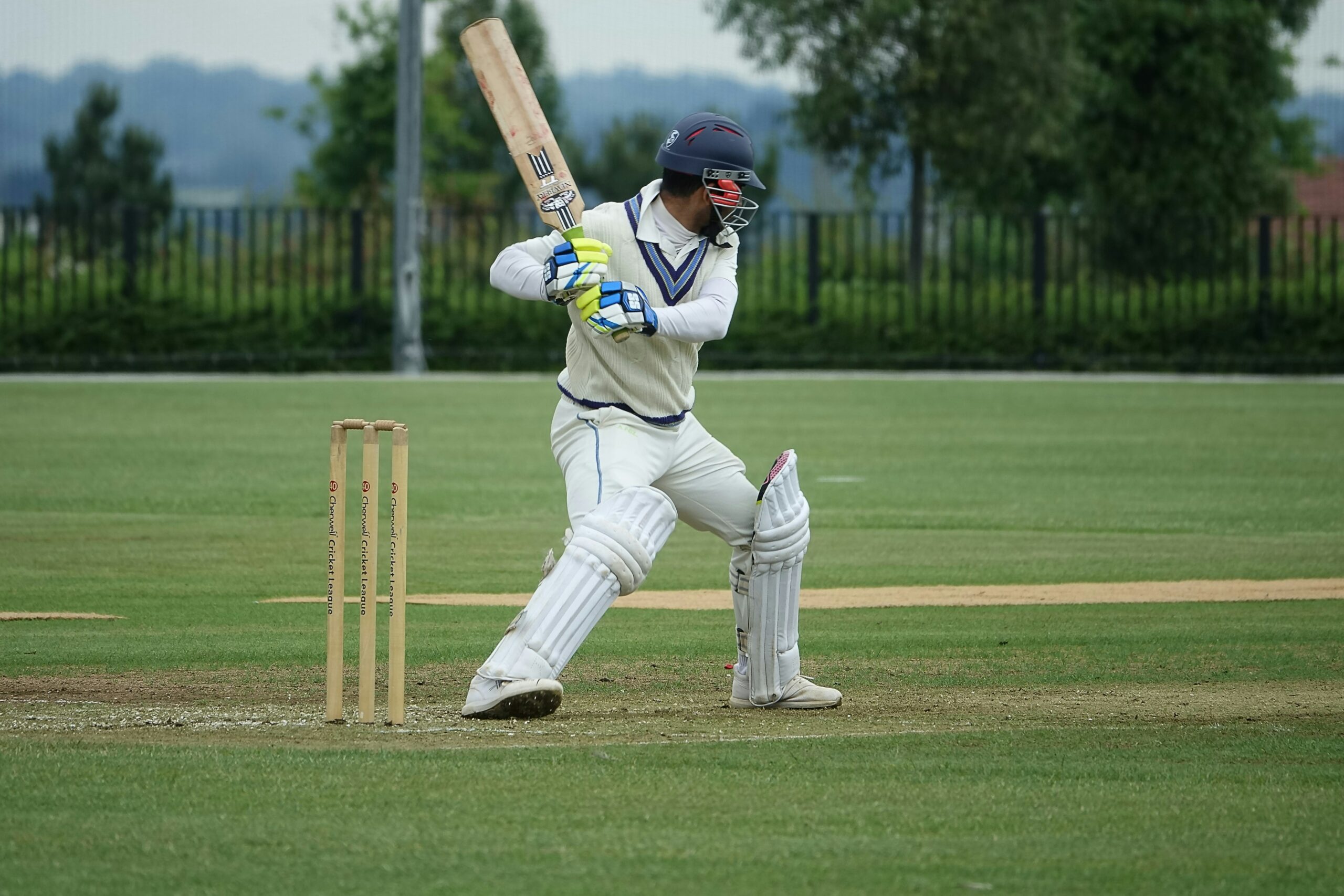In the annals of sports history, the emergence of a new sport following the invention of another, characterized by slight variations, has been a frequent phenomenon. Baseball and cricket are exemplary examples of this phenomenon in contemporary times.
The Historical Relationship of Baseball and Cricket
The intertwined history of cricket and baseball, dating back to the late 16th century and 1876, respectively, is a testament to their global recognition and shared roots. This historical connection is sure to evoke a sense of nostalgia and appreciation in sports enthusiasts and historians alike.
Despite the significant time gap between their origins, these two sports have distinct parallels and noteworthy contrasts. While it is difficult to argue that baseball and cricket have many similarities, it is important to note that baseball did not originate from cricket, despite common misconceptions.
Both cricket and baseball have their roots in a shared English children’s game called rounders, which originated during the Tudor period.
Cricket and baseball, born from a common English children’s game, have each carved out their unique paths in the world of sports. Cricket, the second most popular sport globally, and baseball, ranking eighth, have intriguing similarities and differences that make them fascinating to compare.
Let’s delve into the intricacies of cricket and baseball, exploring their positions, offensive tactics, and more. This detailed analysis will reveal how similar and different these two popular bat-and-ball sports are.
The Most Similar Aspects Between Baseball and Cricket
Defensemen Catching the Ball
Both games feature players in batting positions. When the ball is struck, fielders are positioned near the pitcher/bowler to catch it and execute a defensive play.
Batters Run In-Field
When batters make contact with the ball, they, along with any other batters already on the field, engage in running to earn points. Batters traverse the field while defensemen endeavor to deliver the struck ball to the bases (in baseball) or bases and wickets (in cricket) to prevent any runs or points from being tallied against their side.
Six Runs and Home Runs
When hitters smash the ball beyond the field’s boundaries without touching the ground, this is a noteworthy event in both sports and an impressive way to earn points or runs. In baseball, a single run is scored unless there are more runners on base, and in cricket, a total of six runs is scored.
When a batter is declared out, teams exchange positions
Once a specific number of batters are declared “out,” the teams switch positions: the players in the field have a chance to bat, while the batters assume their positions in the field.
Sportsbook Betting
One out-of-the-box similarity between baseball and cricket that doesn’t technically relate to each sport is sports wagering. At New Zealand’s best bookmakers, punters will find similar styles of betting markets, including handicaps (run lines), totals (over/under), and many other similar types of wagers.
Baseball vs. Cricket
The Rules
The fundamental idea for both sports is identical: Players on one team must strive to score runs by striking the ball, while players on the other team aim to prevent the opposition from scoring and dismiss the batting players.
In cricket, players endeavor to protect the wickets, which consist of three wooden sticks, but in baseball, players strive to keep the ball from reaching the striking zone. The delivery distance, measured from the point of release by the pitcher or the bowler in cricket to the end of arrival at the batter in baseball or the batsman in cricket, is nearly the same in both games.
Field/Pitch Shape and Size
In contrast to cricket, which features an oval-shaped grass field with a narrow rectangular section known as the “pitch,” the baseball field is fashioned like a diamond.
Both are played on grass with a central area made of soil or clay, referred to as the “pitch” in cricket or the “diamond” in baseball. A cricket pitch is a rectangular area that is 22 yards in length and is positioned horizontally. The central location is encompassed by a 30-yard grass infield in the shape of an oval, while beyond that lies a circular or oval grass outfield that terminates in a “boundary,” like the fence seen in a baseball outfield. The field’s dimensions measure around 450 feet, surpassing the greatest lengths found in most Major League Baseball stadiums by almost 50 yards. In contrast to home plate in baseball, a cricket pitch is positioned in the middle of the field.
Match/Game Formats
Cricket is played in three primary formats: Test, One-Day Internationals (ODIs), and Twenty20, also known as T20 fixtures. Test matches are contested for five days, during which both teams can bat twice. ODIs are cricket matches that consist of one day of play, with each side having 50 overs to bat and bowl. T20 matches consist of 20 overs for each team, often lasting 2-4 hours. A single cricket over comprises six deliveries, usually called balls.
Baseball is a sport that consists of a sequence of innings, often 9, where each inning is further split into a “top” phase, when the away team bats, and a “bottom” phase when the home team bats. The attacking team endeavors to accumulate runs until three players are declared “out,” at which juncture the sides interchange positions for the subsequent half-inning.
Baseball games are significantly shorter than Test cricket matches, often lasting 2.5 to 4 hours. The T20 cricket format is more akin to the duration of a standard baseball game.
Apparatus
The cricket ball resembles the baseball, except it is encased in a dense leather covering and possesses more density and weight. In the game of Cricket, one may observe wickets, which are three wooden sticks with two little bails placed on top, positioned behind the batsman. This contrasts with baseball, where such structures are absent behind the batter. Also, cricket fielders do not utilize any form of protective gloves to aid in catching the ball, except the wicketkeeper and cricket bats possess a broad and flat shape. In contrast, baseball bats have a slender and cylindrical form.
Coaches and Managers
During a cricket match, coaches cannot interfere or instruct the players. Once the players are on the field, the captain makes in-game decisions, while the coach is limited to being a passive observer. Oppositely, in baseball, coaches and managers frequently instruct players to execute certain plays or position themselves at a particular depth on the field.
Lingo
A “bowler” is the term used in cricket to refer to the player who initiates the game by delivering the ball. A “pitcher” in baseball refers to the player who initiates the action by throwing the ball.
The player positioned behind the batsman in cricket is called the “wicket-keeper,” and the player positioned behind the batter in baseball is called the “catcher.”
In cricket, the individual who hits the ball is known as the “batsman.” In baseball, the one responsible for striking the ball is called the “batter.”






